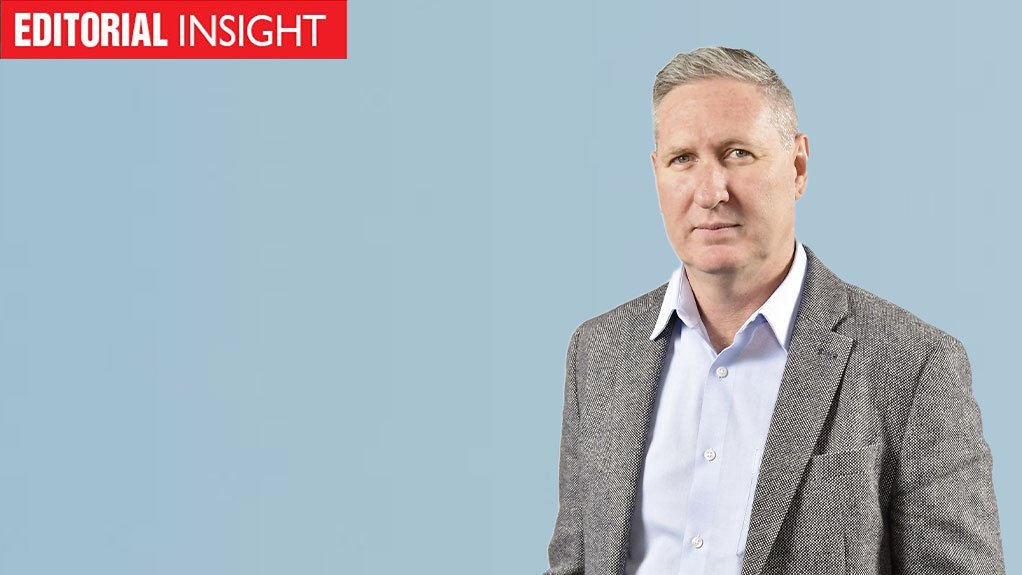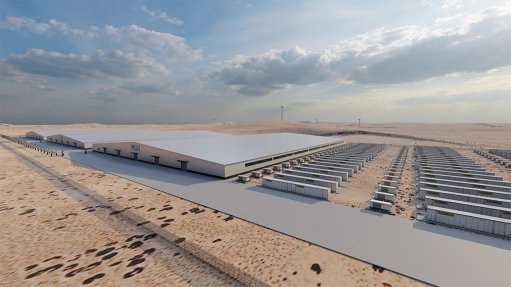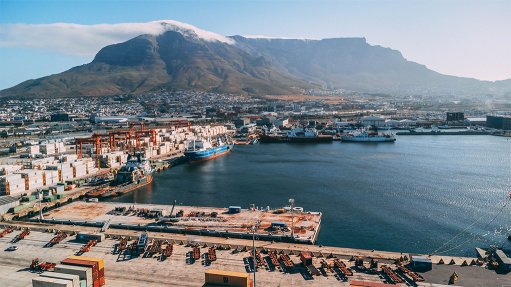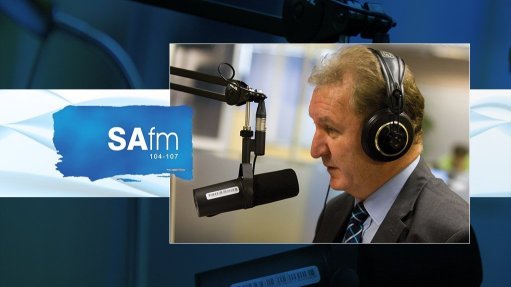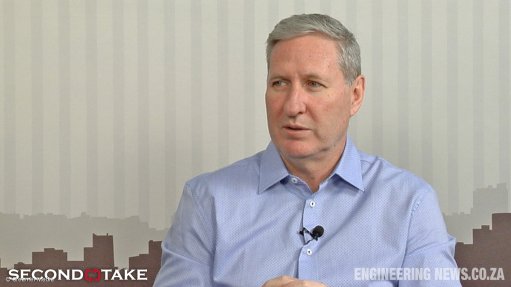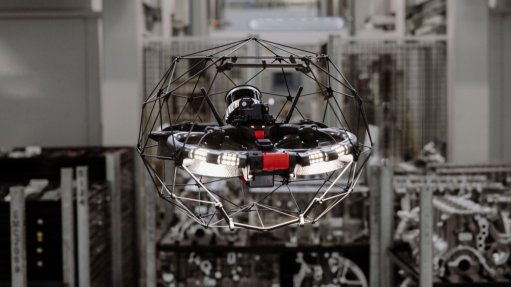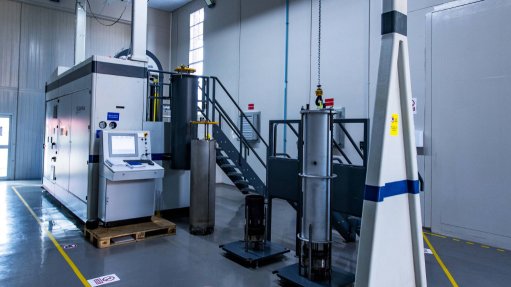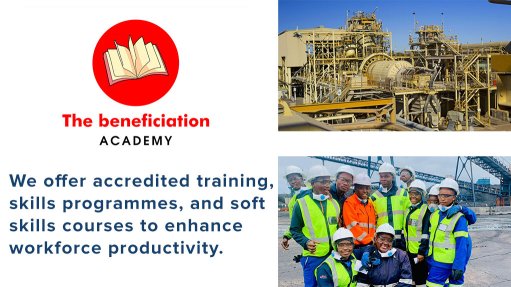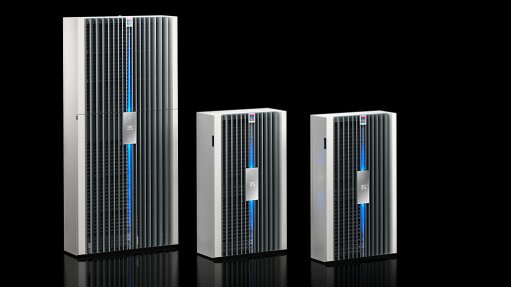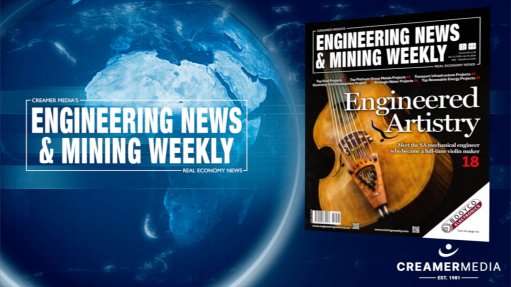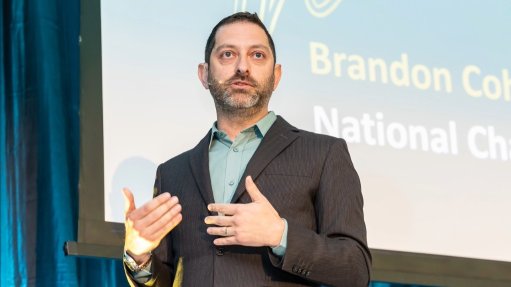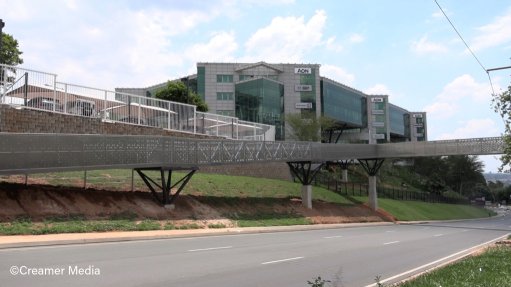Content over form
South Africans are naturally strongly opposed to any more hefty electricity hikes, having borne above-inflation increases for years while power disruptions intensified and Eskom’s finances deteriorated to the point where taxpayers were also leaned on heavily to keep the entity afloat.
Recent public commitments by Electricity and Energy Minister Dr Kgosientsho Ramokgopa, Eskom chairperson Mteto Nyati, and CEO Dan Marokane to keeping future increases at single-digit levels will, thus, be welcomed.
Nyati went so far as to state that future increases should be in line with consumer price inflation. But this is unlikely any time soon, given the decline in the inflation rate, the tariff approvals already made, as well as the recent behind-closed-doors settlement between Eskom and the National Energy Regulator of South Africa (Nersa) that places upward pressure on tariffs.
When confirming Nersa’s serious calculation errors, it was announced that the first R35-billion of the settlement amount would be liquidated in the coming two years. This means that tariffs will rise by 8.76% in April instead of the 5.36% initially approved, and by 8.83% in the following year instead of 6.19%. Inflation, meanwhile, is currently closer to 3%, which means the hikes will be nearly three times the inflation rate for the coming two years.
There are also other factors that militate against lower hikes.
Firstly, there are regulatory clearing account (RCA) amounts of about R40-billion that still need to be liquidated, which will probably be done by embedding the clawback associated with Nersa’s calculation error into the tariff even after the R54-billion is recovered. And there are more RCA applications on the way.
There is also Eskom’s persistent argument that tariffs are still not cost reflective, despite serious public misgivings about whether the costs included in the prevailing allowable revenue formula are truly efficient costs.
Then, there are industrial policy moves to grant businesses in sectors such as steel, ferrochrome and ferromanganese tariff relief. Such relief has traditionally been paid for by other paying consumers, which implies yet more upward pressure on the standard tariff. As does the possible increase in the free basic electricity allowance.
In other words, under the current approach to setting the regulated tariff, there are many factors standing in the way of reduced hikes, let alone the lower prices some politicians still speak about freely.
Much hope is, thus, being placed on the introduction of competition and in shifting to a market-based tariff.
There have indeed been positive moves in this regard, with a legislative framework for such competition now in place and with serious effort and thought having been given to the launch of the South African Wholesale Electricity Market.
That said, launching the market is a necessary but insufficient condition for ensuring an outcome whereby the benefits of competition truly flow to consumers. In this case, content very much trumps form, and much will depend on how the market is designed.
Worryingly, there are already warnings that the proposed design is anticompetitive.
Article Enquiry
Email Article
Save Article
Feedback
To advertise email advertising@creamermedia.co.za or click here
Comments
Press Office
Announcements
What's On
Subscribe to improve your user experience...
Option 1 (equivalent of R125 a month):
Receive a weekly copy of Creamer Media's Engineering News & Mining Weekly magazine
(print copy for those in South Africa and e-magazine for those outside of South Africa)
Receive daily email newsletters
Access to full search results
Access archive of magazine back copies
Access to Projects in Progress
Access to ONE Research Report of your choice in PDF format
Option 2 (equivalent of R375 a month):
All benefits from Option 1
PLUS
Access to Creamer Media's Research Channel Africa for ALL Research Reports, in PDF format, on various industrial and mining sectors
including Electricity; Water; Energy Transition; Hydrogen; Roads, Rail and Ports; Coal; Gold; Platinum; Battery Metals; etc.
Already a subscriber?
Forgotten your password?
Receive weekly copy of Creamer Media's Engineering News & Mining Weekly magazine (print copy for those in South Africa and e-magazine for those outside of South Africa)
➕
Recieve daily email newsletters
➕
Access to full search results
➕
Access archive of magazine back copies
➕
Access to Projects in Progress
➕
Access to ONE Research Report of your choice in PDF format
RESEARCH CHANNEL AFRICA
R4500 (equivalent of R375 a month)
SUBSCRIBEAll benefits from Option 1
➕
Access to Creamer Media's Research Channel Africa for ALL Research Reports on various industrial and mining sectors, in PDF format, including on:
Electricity
➕
Water
➕
Energy Transition
➕
Hydrogen
➕
Roads, Rail and Ports
➕
Coal
➕
Gold
➕
Platinum
➕
Battery Metals
➕
etc.
Receive all benefits from Option 1 or Option 2 delivered to numerous people at your company
➕
Multiple User names and Passwords for simultaneous log-ins
➕
Intranet integration access to all in your organisation



